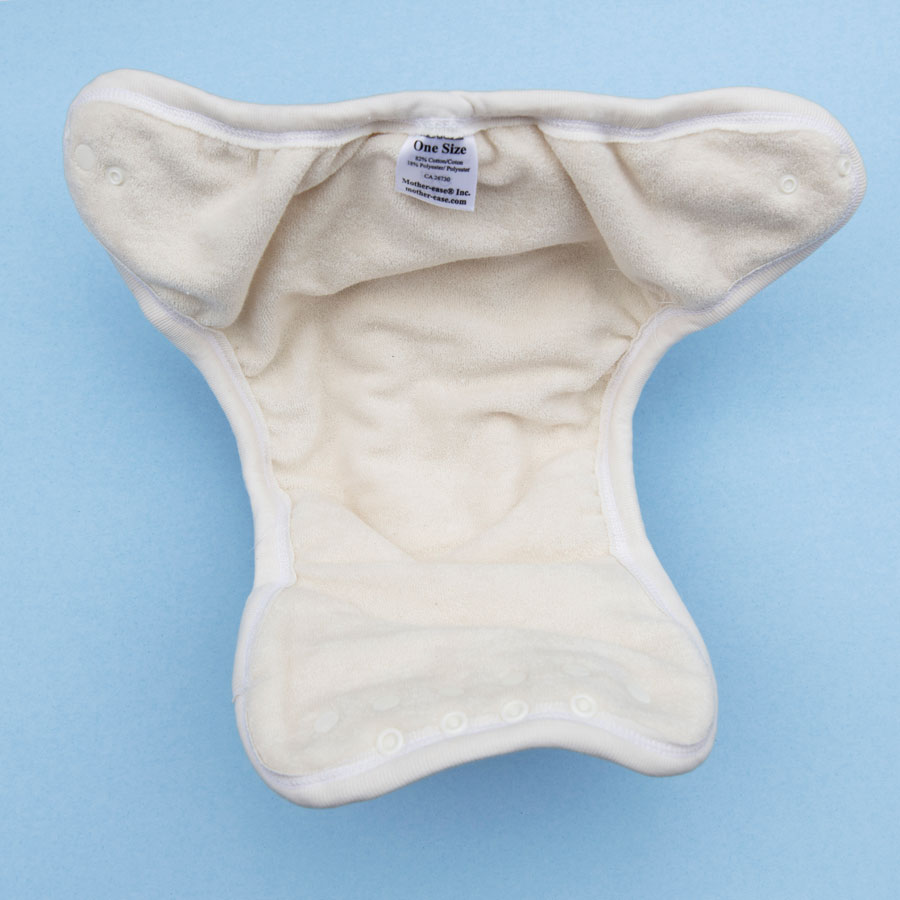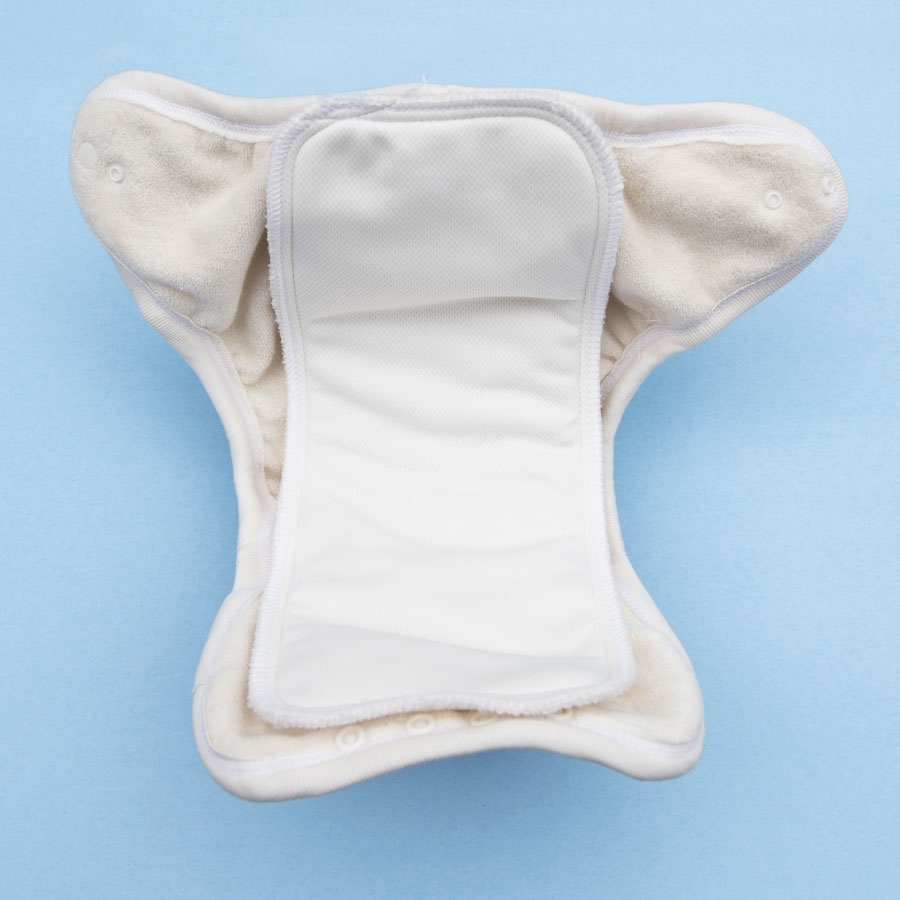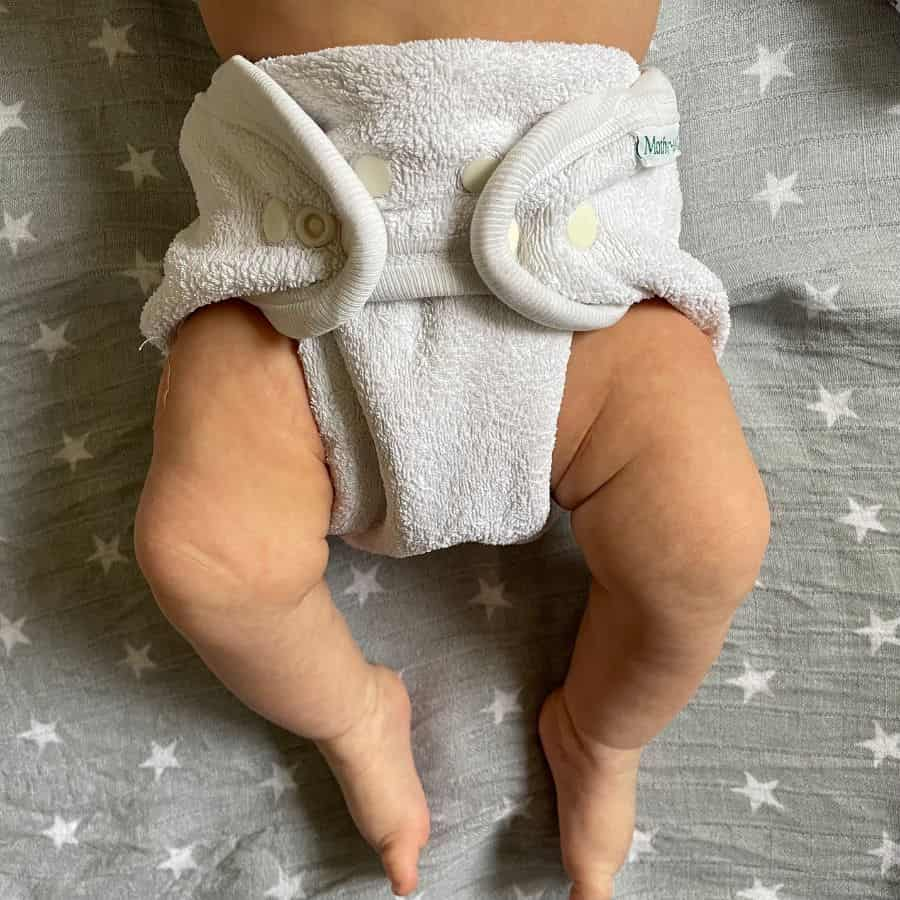Zero Waste Week
Single use plastics have fast become the norm, with many people choosing to use them for ease and convenience. We can’t deny that they are quick and easy to use, but what environmental and financial cost is this throwaway lifestyle having?
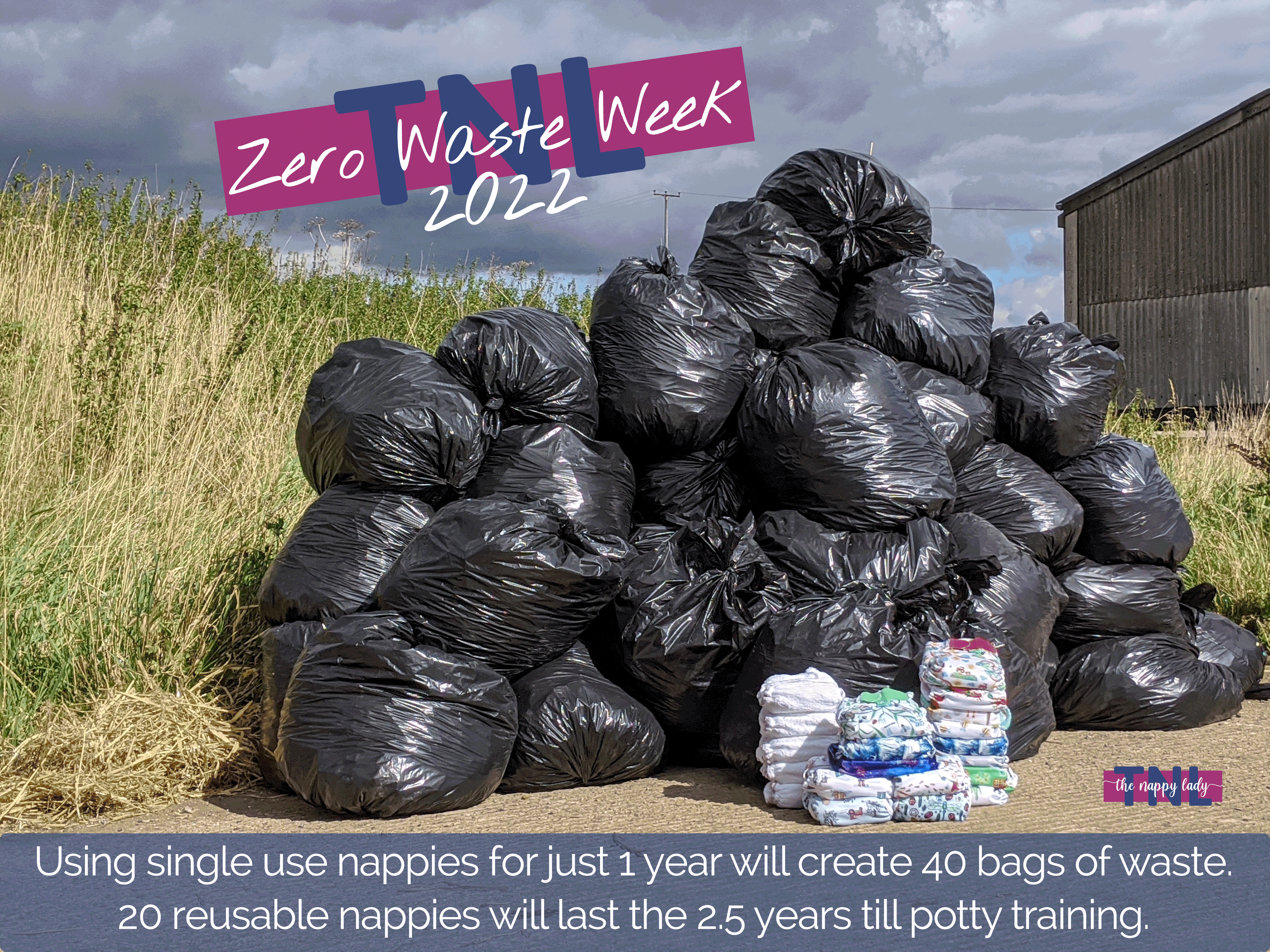
Single-use baby nappies, wet wipes and menstrual products cause approximately 7.8 million tonnes of waste per year in the EU. That is the equivalent of about 15.3kg per inhabitant per year!
Which is roughly the weight of a potty trained toddler, per person per year, being thrown away just in nappies, wipes and menstrual products.
As many as 51 trillion microplastic particles - 500 times more than the stars in our galaxy - litter our oceans and seas, seriously threatening marine wildlife.
Plastic waste kills up to 1 million seabirds, 100,000 sea mammals, marine turtles and countless fish each year.
Nappies
On average each child will go through 3,796 nappies in their lifetime.
The total world consumption is estimated to be 1.37 billion nappies every day.
That’s 8 MILLION nappies per day in just the UK!
3,796 clean single-use nappies weigh 169.5kg, this increases to over 500kg when used, and totals over half a million tonnes of waste in the UK every year.
Single-use baby nappies generate around 6.7 million tonnes of waste annually in Europe.
Single-use nappies account for 4% of household waste and 30% of all non-biodegradable waste found in landfill.
The total cost for the disposal of nappies nationally is £40 million each year.
Seven million trees are cut down each year to supply paper pulp to make single-use nappies in the UK alone.
It takes 1 cup of crude oil to make the plastic for just one single-use nappy.
In fact, a standard disposable nappy is around 50% plastic.
Per one tonne of single-use nappies, 16.92kg of packaging waste is produced.
It will take around 500 years for a single-use nappy to decompose; it creates greenhouse gas emissions, and releases methane into the air during this process.
Not one single-use nappy ever created has biodegraded yet.
Washing three loads of reusable nappies a week uses about 200 litres of water. Manufacturing enough single-use nappies for a week takes about 1550 litres of water. This means that using single-use nappies uses nearly TEN TIMES more water than reusables.
Wipes
Most wet wipes are made with plastic resins like polyester or polypropylene.
The total production of disposable wet wipes in Greater Europe (including Russia and Scandinavia) has more than doubled since the year 2000.
Wipes used for “hygiene and personal care” account for around 44% of all single-use wet wipe use across Europe. Surgical and medical uses, which you might consider most vital, make up only 3%.
Very often the ingredients listed on a packet of wet wipes just list the stuff that’s been added to the wipe material and not the actual materials/plastic used to make the wipes themselves..
The number of wet wipes found on UK beaches has increased by more than 700% in the past decade.
In 2020, volunteers collected an average of 18 wet wipes per 100 metres of UK beaches, making them the third most common litter item found.
300,000 sewer blockages are caused by wet wipes every year in the UK.
Wipes make up around 93% of the material causing sewer blockages, costing the country £100 million each year to clear the damage.
An average wet wipe is roughly a 6-inch (15cm) square: one year’s worth of wet wipes, from just one of the big manufacturing companies, would stretch to the moon and back more than 24 times.
Menstrual Products
Most menstrual pads are made from 90% plastic.
On average, 22 items of sanitary products are used per cycle, totalling more than 11,000 disposable menstrual products used in a lifetime.
Average menstrual flow is around 85g per cycle. Barely enough to fill a small teacup.
Menstrual products are currently the 5th most common item found on European beaches – more widespread than single-use coffee cups, cutlery or straws.
Around 2.5 million tampons, 1.4 million pads and 700,000 panty liners are flushed every single day here in the UK!
Disposal of single-use menstrual products - tampons, pads and applicators - generates 200,000 tonnes of waste per year.
A big-brand pack of 14 period pads contains the same amount of plastic as 5 carrier bags.
Despite changes in bleaching practices to purify the wood pulp – one of raw materials used to make menstrual products – chlorine and dioxin (one of the most toxic substances known to humankind) can still be found in menstrual pads and tampons.
Learn More About ZWW in our Video
Here are some example products


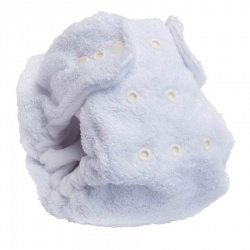
.jpg)
.jpg)
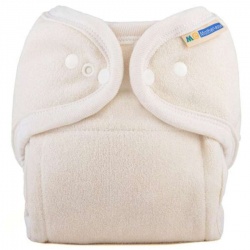
.jpg)
